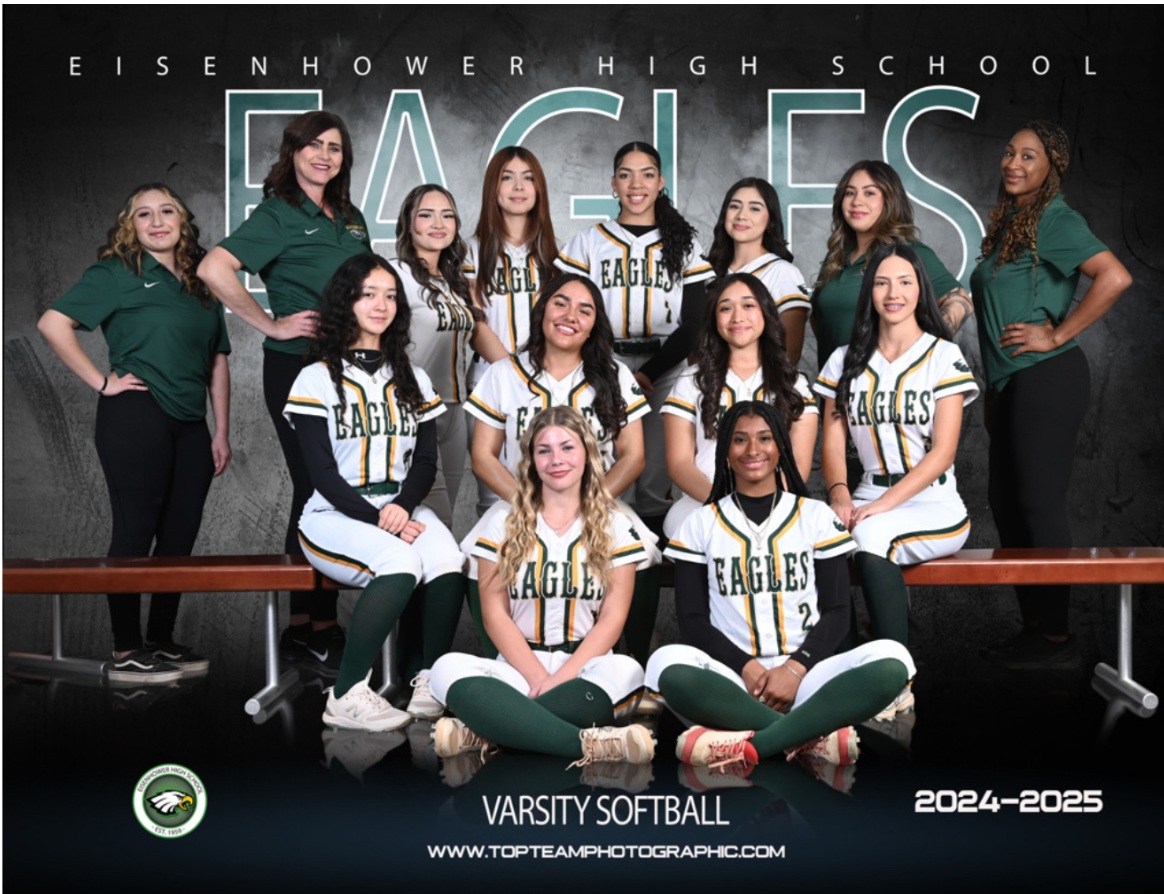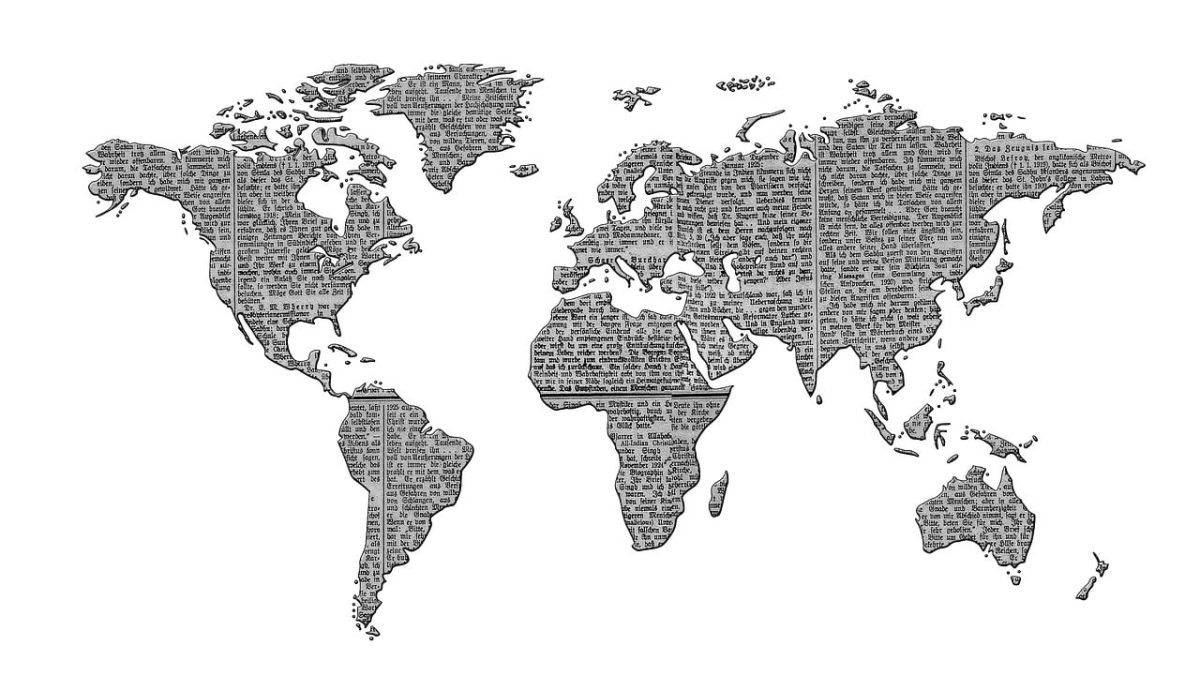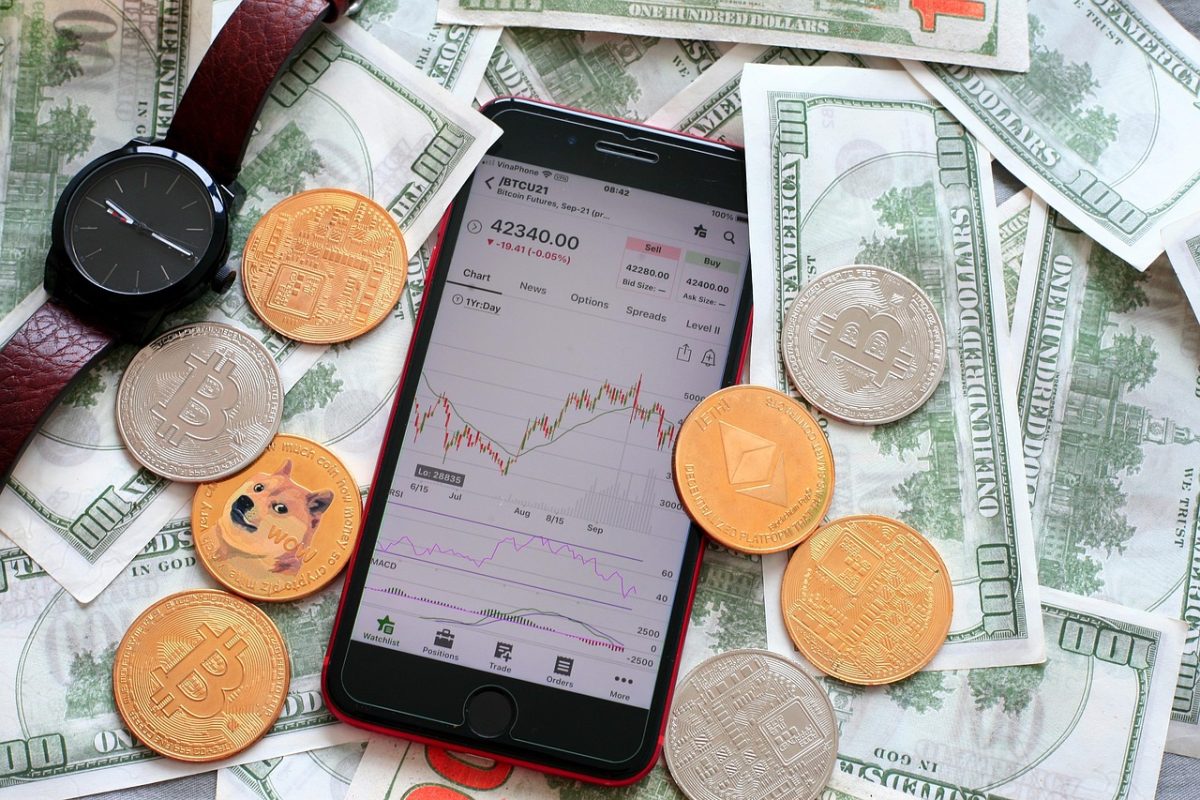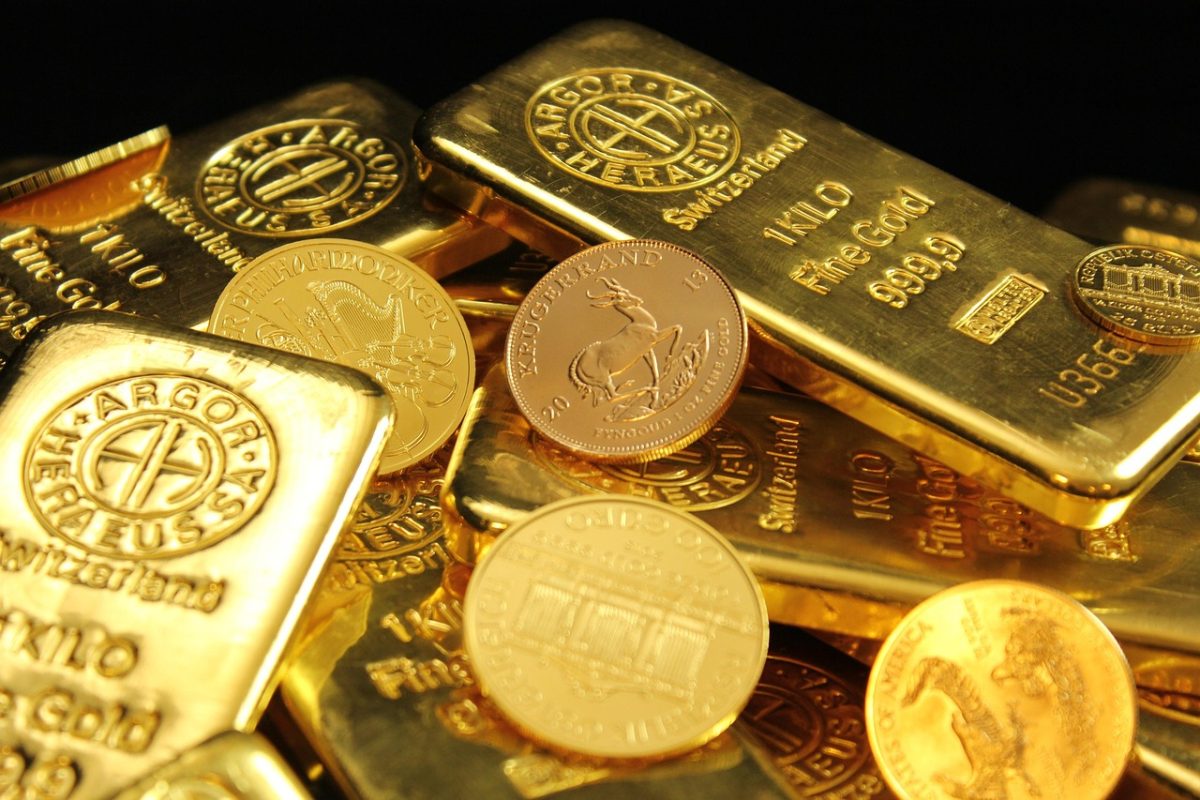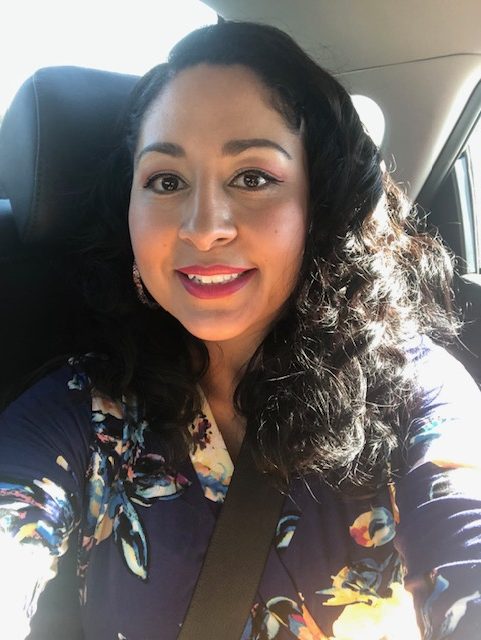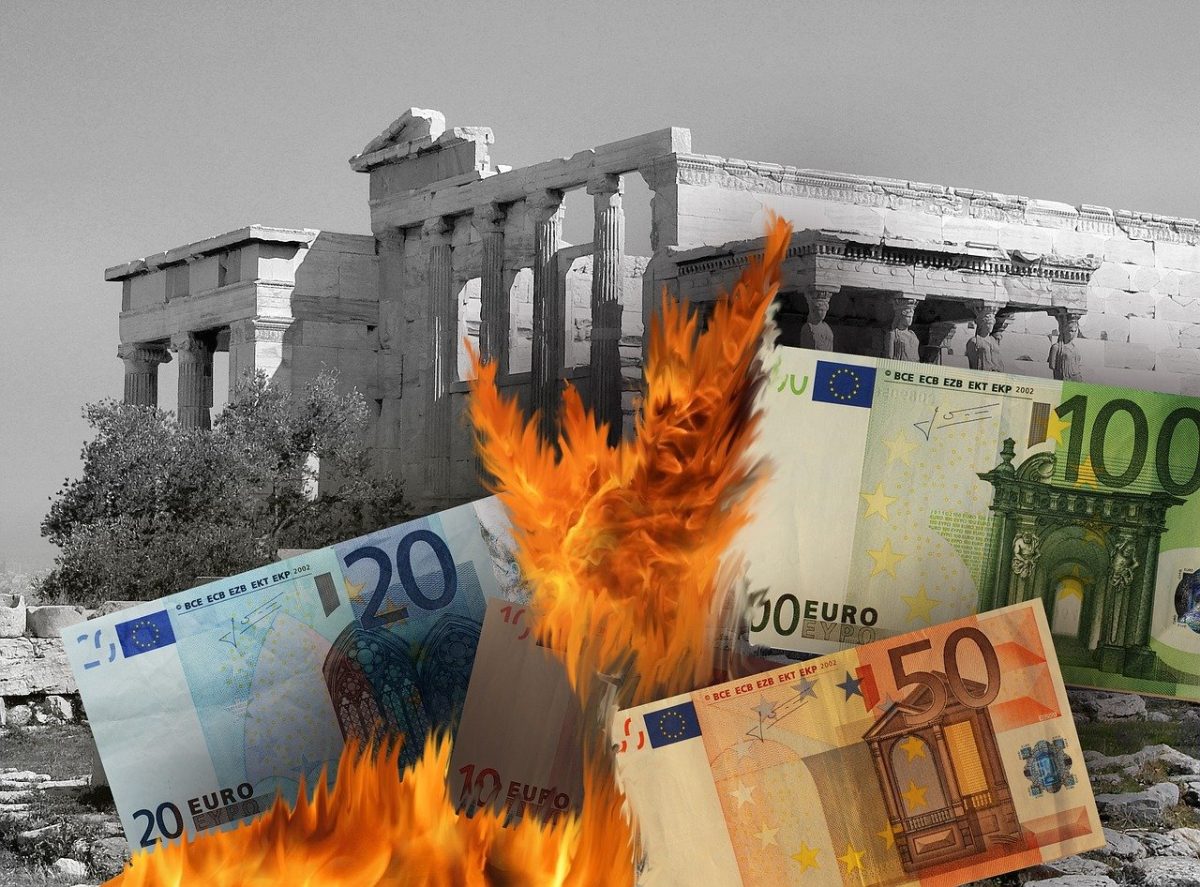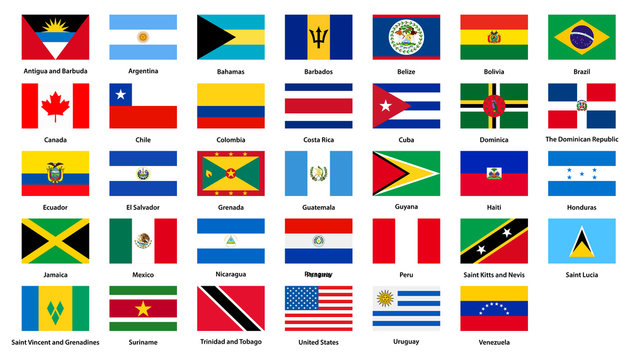Last week in part 2 I discussed The Money Backed by Gold & (Trust) and you should take a read before reading todays article.
What if Money Existed Only Online?
People’s trust in cryptocurrency doesn’t come from gold, silver, or even governments—it exists solely in the digital world. While some hail it as the future of money, while others argue it’s too volatile and risky. Either way its rise forces us to rethink what truly gives money its value.
The Good, the Bad, and the Blockchain
Rather than being issued by governments, cryptocurrency is a modern take on money that exists solely in a digital form and on a decentralized network. Similar to commodity currency the value of many cryptocurrencies comes from user trust and scarcity rather than tangible backing. They offer advantages such as fast global transfers and independence from traditional banks. They also come with many challenges such as extreme price volatility ,regulatory uncertainty and a reliance on technology.
While cryptocurrency represents the new age of money, we should not forget the significance and impact of fiat, representative, and commodity currencies throughout history that have shaped our world.
Why You Should Care About Currency
Understanding the different types of currency is key not just to know how your money works but to grasp why governments make certain decisions that affect us. By learning how governments make economic decisions, and how they allocate their resources you can better prepare for their impact on your financial stability. Along with making informed choices about policies that shape the economy.
As Henry Ford warned, “It is enough that people of the nation do not understand our banking and monetary system, for if they did, I believe there would be a revolution before tomorrow morning.” and as John Maynard Keynes said, “The difficulty lies not so much in developing new ideas as in escaping from old ones.”
Understanding the history of money, and the modern innovation such as cryptocurrency, equips us to navigate the economy today and in the future. After all, the better we understand the money we use every day, the more control we have in shaping the financial future we want to live in.



